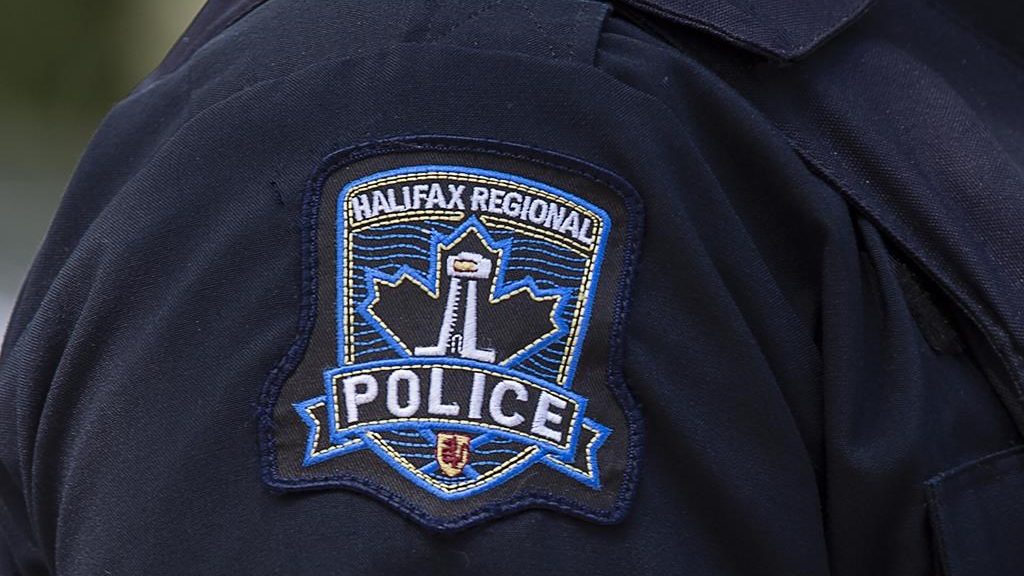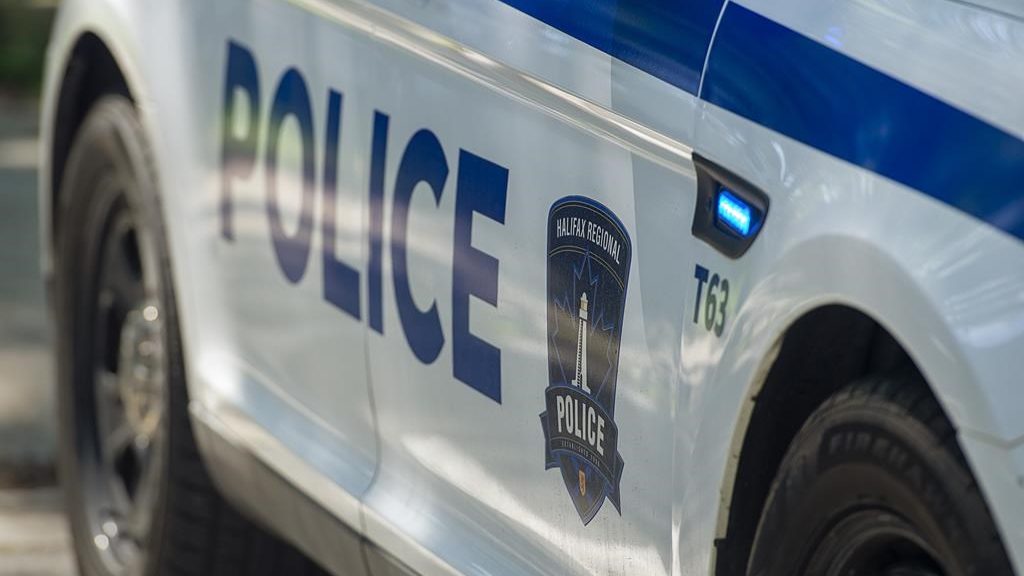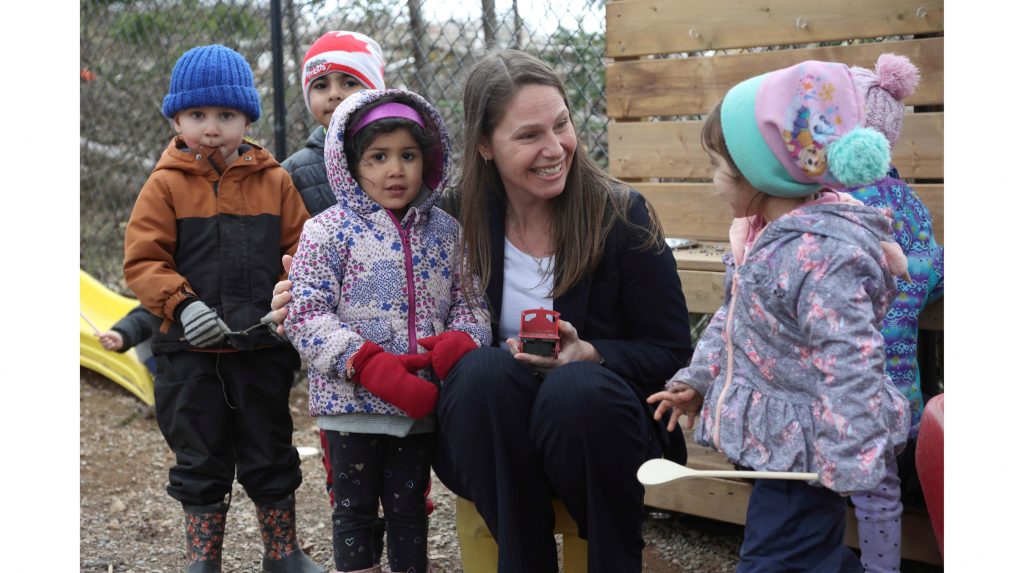How Halifax Search and Rescue went viral (and other fall hiking safety tips)
Posted Nov 3, 2021 03:44:00 PM.
A couple weeks ago, what looked to many people like a reasonable hiking safety tip went viral.
“If you ever get lost while hiking, or get stranded on the road — change the voicemail on your phone giving your approximate location, date, time and details of your situation and your plans,” wrote Twitter user Pete Eriksen. “If your phone dies, people trying to reach you will have a place to start looking.”
To Paul Service and the folks at Halifax Search and Rescue, this was cause for alarm, and they set out to correct the record.
“To be blunt, wasting time changing your voicemail could be the last thing you do,” HSAR wrote in a Facebook post. “If you don’t call for help, and you didn’t leave a trip plan, NOBODY IS COMING TO GET YOU.”
As so often happens in the whiplash of the world wide web, the correction to the viral post — a sharp response from a normally pleasant search and rescue team — went viral itself, landing HSAR in publications across the world, in places like the Miami Herald and (most exciting within the search-and-rescue world) Backpacker Magazine.
“It was really weird for me,” laughs Service, media relations with HSAR. They were not the first search and rescue outfit to correct the post, but, “for whatever reason, our tone was a little harsher. We were shocked when it went viral, and it started building right away. We’ve never seen that; we’ve never had that kind of reach.”
Underlying this particular episode of vitality, though, is a legitimate safety concern, Service says — one that it is worth remembering, especially as the days get shorter and hikes often run past sunset.
“What you’re doing is taking time to update your voicemail, using battery capacity, where you would be better contacting 911 and getting the wheels in motion,” he says.
In other words, by the time you’re fiddling with your voicemail hoping someone calls to check up on you, you’re already in trouble.
“All that information that you could leave in the voicemail, we’re encouraging you to leave with a trusted individual — before you enter the woods.”
And especially at this time of year — when the hikes are still good, but hikers now have to contend with shorter days and plunging temperatures — these sorts of decisions can really make the difference.
“People are underestimating,” Service says. “They realize it’s going to take them two hours to hike the Bluff Trail, [but] at this time of year, they’re not always calculating that if you hit the trail at 6 p.m., by 8 p.m. it’s going to be dark.”
The thing is, Service says, none of this should scare someone off from taking a fall hike, if that’s what they want to do. It’s not hard to stay safe, he says – it just takes a bit of preparation.
So what can you do to make your fall hike safer?
Do your research ahead of time
Service and the search and rescue team is all very big about AdventureSmart, a national program that, in addition to providing safety resources, gives users an app that lets them easily create a trip plan they can then leave with a friend.
“It’s all about trip planning,” says Service. “Looking at a trail that you want to take, knowing the ins and outs of the trail, researching it to know whether it’s within your capability.” If you do that, he says, you’re in much better shape if things go wrong.
“Stuff does go wrong; being prepared is going to shift the type of day you’re going to have.”
Remember: it’s fall
A lot of hikers will be more accustomed to hiking in the summer, and might not anticipate some of the challenges that fall hikes pose.
“Just remember to pack extra layers,” Service says. “The days in theory are supposed to be getting colder. What you would carry in summer, it’s important that you shift that.”
Allocating some of your pack space to an extra sweater or two will make all the difference if you’re three hours into the woods and sprain your ankle. “You can’t put them on if you don’t have them,” he says.
Power up
At the root of the initial voicemail tip is a dwindling cell phone battery — something that is the cause of many a crisis these days, Service says.
“The thing you need to realize, is a cell phone is going to last all day long in downtown Halifax, where you’ve got lots of towers and lots of coverage area,” Service says. “Your very same cellphone, when you get out in the rural area and when you get hiking, your phone is working way harder trying to find an established connection to the city network, so you're not going to last nearly as long as it will in downtown.”
If the sunsets, and you do the normal thing and whip out your phone’s flashlight, the problem compounds. Bringing an extra battery pack is an easy fix — so long as you make sure it’s actually charged.
If things go sideways, just suck it up, stay put and call 911
Your cell battery is draining. The sun, and temperature is dropping. You might be lost, but aren’t totally sure of that. Perhaps if you just follow this trail a little further…
“One of the things we try to encourage is for people to call 911 sooner rather than later,” Service says. Often, people hesitate to do so — either they think it won’t help, or that it’s not the right call, or they simply never think of it at all.
“We were on a call earlier this year, and it wasn’t just that they waited to call 911 for help — I don’t think 911 came into the decision tree for them. They tried to reach out through social media to get help,” Service says.
Valuable daylight (even in the summer) was chewed up, and the rescue mission became more elaborate as a result. “By the time we got into the woods to get the person, they were far enough back that we needed helicopter support, and we were really pushing the time issue for flying.”










